A new study by Dr. Terry Hunt (University of Arizona) and Dr. Carl Lipo (University of Birmingham), published in the Journal of Archaeological Science, reexamines the causes of Rapa Nui’s dramatic deforestation and highlights the role of the introduced Polynesian rat (Rattus exulans). Long framed as a cautionary tale of human “ecocide,” the island’s transformation may instead reflect a powerful interaction between people and an invasive species.
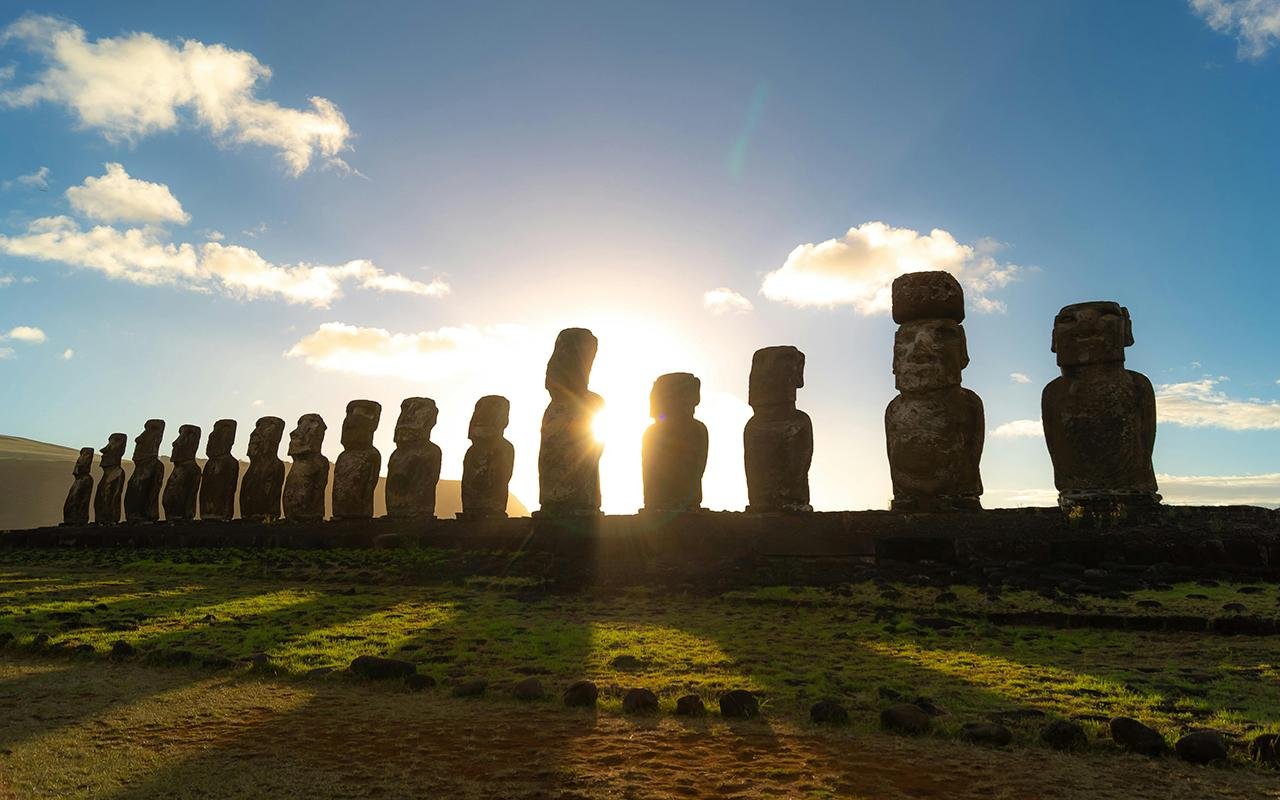
Paleoecological records indicate that Rapa Nui once supported an extensive palm forest—estimates suggest between 15–19 million Paschalococos disperta trees—prior to shifting to grasses and shrubs between about 1200 and 1650 CE. Hunt and Lipo make the case that the rats’ impact on seed predation has been greatly underestimated. Through ecological modeling, they show that a single breeding pair could grow to approximately 11.2 million rats within 47 years while consuming around 95 percent of the palm seeds and preventing regeneration.
The palms were unusually vulnerable: they produced relatively few, large, nutrient-rich seeds—ideal food for rodents. Once rats reached high densities, even modest seed losses would halt recruitment. Comparative island cases support this dynamic. On Pacific islands where rats were never introduced, native palms have persisted despite human presence; in contrast, on islands where rats arrived, palm declines sometimes preceded or outpaced direct human clearing.
The excavated remains of rats from Anakena (1986–2005) reveal a boom–bust population trajectory consistent with invasive species dynamics. Rather than acting as a “fallback” food for people after marine resources declined, rat abundances surged after arrival and then crashed by about 93 percent, as their food base collapsed. This pattern challenges interpretations suggesting that human hunting reduced rat numbers.

Critics have long minimized the rats’ impacts and have attributed deforestation mainly to human land clearing, fire, and resource overuse. Hunt and Lipo point out that such explanations overlook how biological invasions and human land use interacted. Their integrated evidence from archaeological data, faunal analysis, and ecological modeling indicates that rats alone could eventually have caused palm extinction, while human activities accelerated the pace and shaped its geography.
The study reframes Rapa Nui’s environmental history from a simple story of human-induced collapse to one better described as a complex invasive-species dynamic interacting with human action. That shift matters: it challenges the notion of inevitable societal self-destruction and places at center stage how introduced species can trigger lasting ecological change—an urgent lesson for island conservation today.



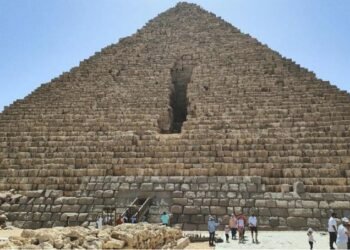
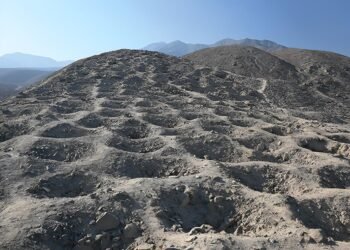
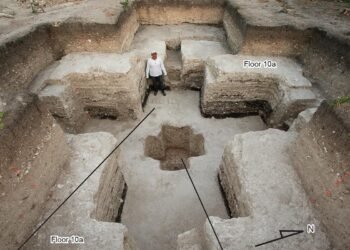
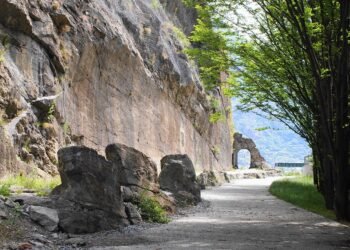
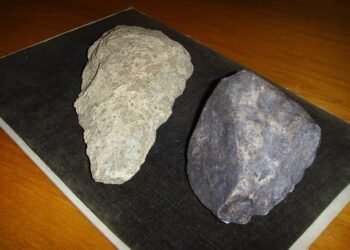
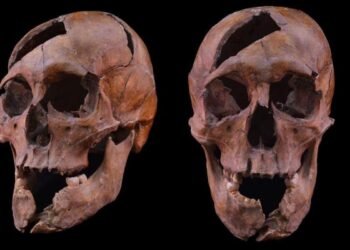















Comments 0